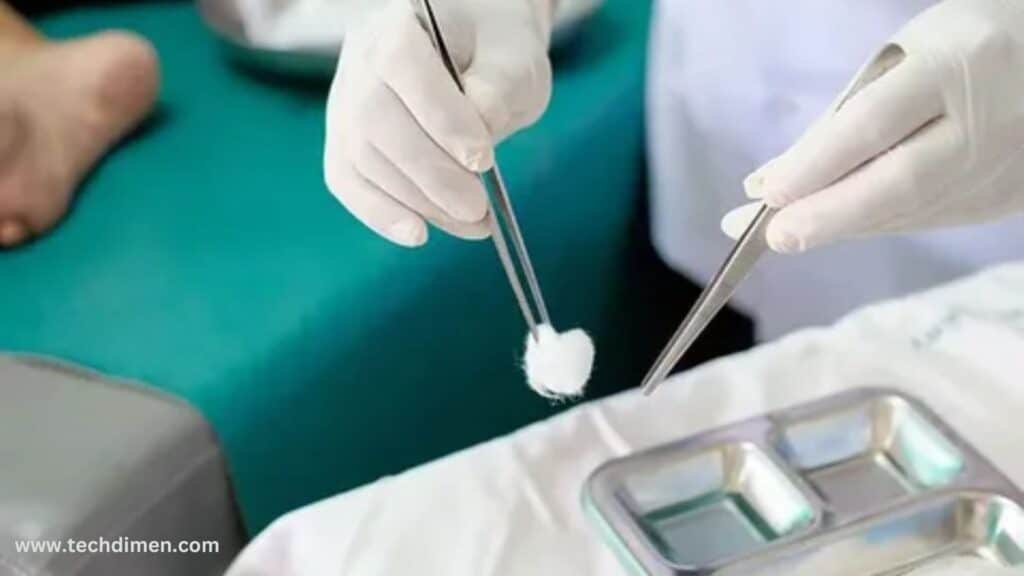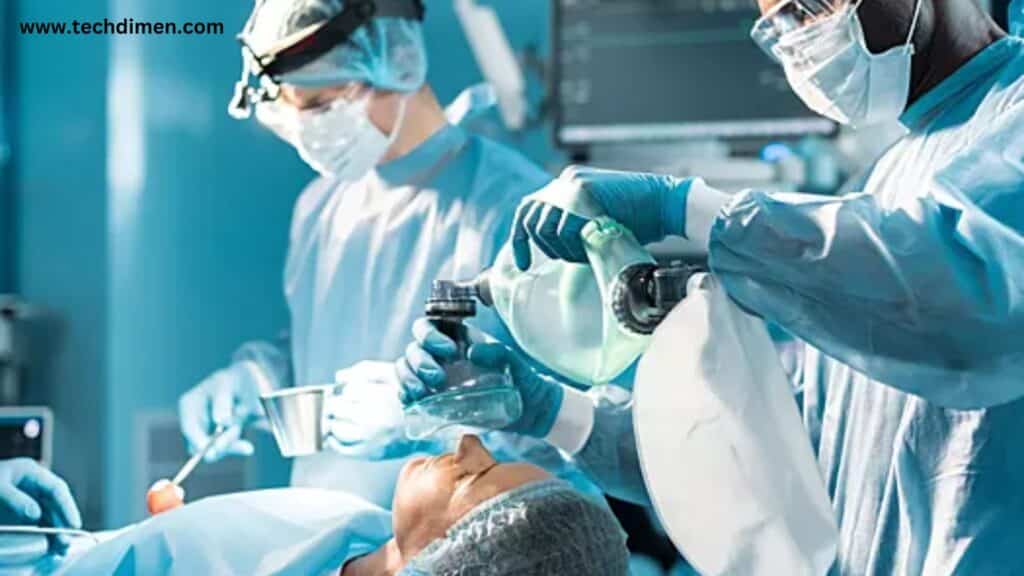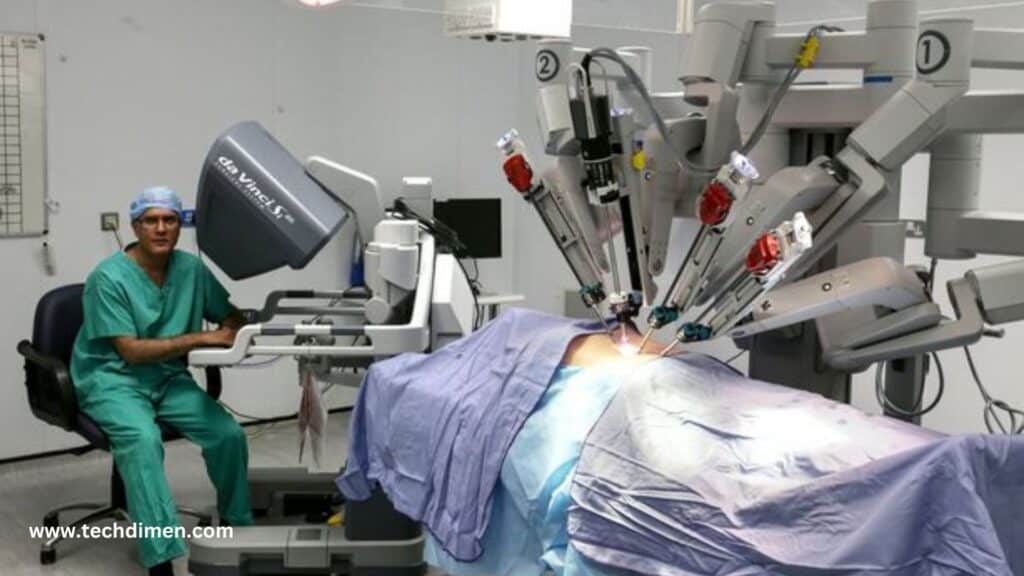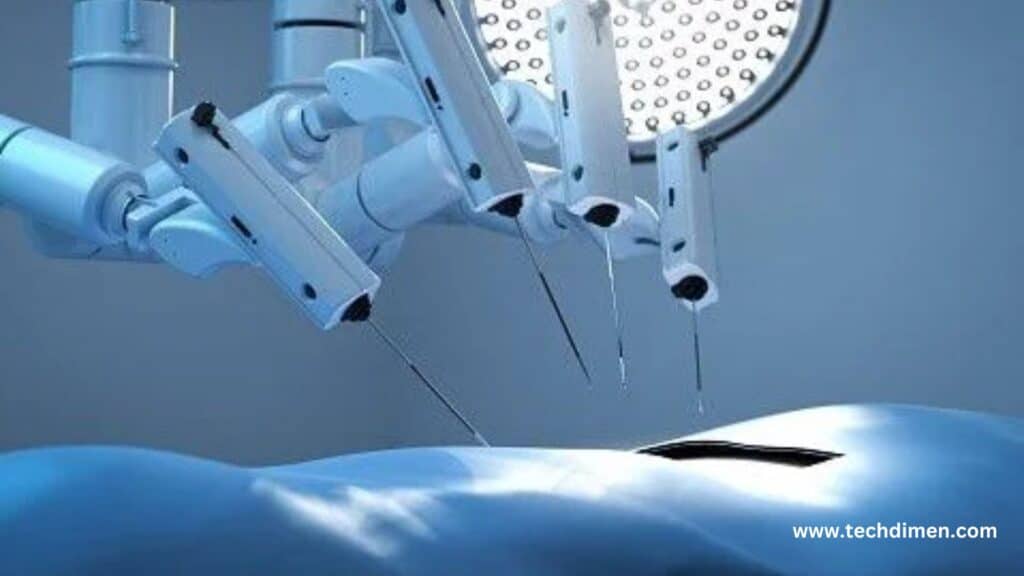The dynamic and high stakes environment of modern surgery, precise knowledge can be the difference between life and death. For students entering the surgical field and professionals working within it, surgical technology review book serve as critical resources. These books provide structure, technical detail, and practical instruction for mastering the art and science of surgical technology.Whether your goal is to pass the CST exam, upgrade your operating room skills, or understand specialty surgical techniques, the right resources can elevate your expertise and confidence. This guide outlines the most valuable surgical technology books of and explains how each contributes to building a strong foundation for surgical technologists.
the Role of the Surgical Technologist

surgical technology review book also known as scrub techs, work directly with surgeons to ensure procedures go smoothly. Their responsibilities include preparing surgical instruments, maintaining sterile fields, and providing hands on assistance throughout operations. Their work requires not only technical skill but deep knowledge of anatomy, surgical procedures, and equipment operation.
This role demands a formal education from an accredited program, and success in the field often depends on mastering the material found in authoritative surgical tech textbooks.
Foundations of surgical technology review book
The most reliable textbooks provide essential background in anatomy, microbiology, medical ethics, and surgical protocols. These subjects form the bedrock of surgical technology education and align with the curriculum required for certification by the National Board of Surgical Technology and Surgical Assisting.
“Surgical Technology for the Surgical Technologist,” published by the Association of Surgical Technologists, remains the industry standard. This book outlines the responsibilities of the surgical tech across various types of procedures and includes current best practices.
“Alexander’s Care of the Patient in Surgery” by Jane C. Rothrock offers detailed insights into patient management and procedural care in complex surgical environments.
Infection Control and Aseptic Techniques

Maintaining a sterile environment is one of the most crucial responsibilities of a surgical technologist. This includes proper scrubbing, gowning, gloving, and draping techniques.
Sterilization protocols such as steam autoclaving, gas sterilization with ethylene oxide, and hydrogen peroxide plasma are covered extensively in reputable texts. surgical technology review book must also address air filtration, surface disinfection, and proper handling of contaminated instruments to prevent surgical site infections.
Scenarios, such as breaches in sterile technique during high risk procedures, demonstrate the necessity of thorough and up to date training in asepsis.
Surgical Instruments and Operating Room Equipment
Surgical technologists must quickly identify and handle hundreds of instruments, often under pressure. Instruments are categorized by function, such as cutting, grasping, retracting, and suturing.The “Pocket Guide to the Operating Room” provides detailed descriptions and high quality images of surgical instruments. It is widely used in clinical settings as a quick reference tool.
Surgical Pharmacology and Anesthesia Principles
Surgical technologists play a supporting role in medication management during procedures. They must recognize common perioperative drugs, including antibiotics, local and general anesthetics, anticoagulants, and emergency drugs.
surgical technology review book focused on surgical pharmacology explain routes of administration, dosage calculations, drug interactions, and safety protocols. These resources often include case based learning to teach the implications of drug errors and adverse reactions
Perioperative Patient Management

Patient care in the surgical setting is divided into three key phases: preoperative, intraoperative, and postoperative. Surgical technologists support patients and surgical teams through each.
In the preoperative phase, they prepare instruments, verify the patient’s identity, and ensure consent forms are complete. During surgery, they manage instruments, monitor the sterile field, and assist with tissue handling. After surgery, they participate in final instrument counts, help apply dressings, and facilitate patient transport.
Effective textbooks guide surgical technology review book technologists through these stages with diagrams, protocols, and legal documentation examples.
Developing Core Surgical Skills
Core surgical skills include creating and maintaining a sterile field, passing instruments efficiently, and counting sharps and sponges. These actions must be performed with speed, accuracy, and consistency.Top books include skill checklists, performance rubrics, and simulated surgical scenarios to help students practice. Some texts also provide QR codes linking to video demonstrations.
Simulation labs using robotic arms or cadavers are often integrated into training programs, offering hands-on practice in a controlled environment.
Specialty Surgical Procedures
Each surgical specialty requires unique knowledge and instrumentation. For example, orthopedic surgery involves bone saws and implants, while cardiovascular surgery demands familiarity with bypass machines and sternal retractors.Books that focus on specialty procedures often include procedure specific chapters. These outline patient positioning, incision types, critical anatomy, and instrument selection.
This focused content is essential for surgical technologists seeking to specialize or support a wide variety of procedures in a hospital setting.
Robotic Assisted Surgery and Emerging Technology

The use of robotic systems in the operating room is growing rapidly. Surgical technologists must understand the setup, calibration, and troubleshooting of systems like the Da Vinci Surgical System.Textbooks such as “Essentials of Robotic Surgery” cover the principles of robotic platforms, including minimally invasive techniques, console operation, and robotic arm safety.
These resources help technologists adapt to an evolving field where digital integration, imaging, and artificial intelligence are changing traditional surgical workflows.
CST Exam Preparation and Study Guides
Passing the Certified Surgical Technologist (CST) exam is a milestone that validates a surgical tech’s competency. Exam prep books such as “Appleton & Lange Review for the Surgical Technology Examination” and “Mosby’s CST Exam Secrets” offer full length practice tests, rationales, and review summaries.
They cover high yield areas including microbiology, surgical procedures, medical terminology, and pharmacology. Review strategies include the use of flashcards, study groups, and timed exams.
Building a Professional Surgical Technology Library

A complete and up t date book collection is vital for every surgical technologist. Some of the most valuable titles for 2025 include:
Surgical Technology for the Surgical Technologist Foundational knowledge and exam preparation
Alexander’s Care of the Patient in Surgery”Comprehensive surgical and perioperative care
Pocket Guide to the Operating Room” On the job instrument reference
Appleton & Lange Review” High-quality CST practice questions
Mosby’s Flashcards for Surgical Technology” Portable and practical study support
Surgical Technology Books for 2025
| Book Title | Author / Publisher | Purpose / Use Case | Notable Features |
|---|---|---|---|
| Surgical Technology for the Surgical Technologist | Association of Surgical Technologists (AST) | Core textbook for coursework and certification | Aligned with NBSTSA standards, full-color illustrations, comprehensive |
| Alexander’s Care of the Patient in Surgery | Jane C. Rothrock / Elsevier | Advanced surgical and perioperative care | In-depth procedure guidance, updated OR protocols |
| Pocket Guide to the Operating Room | Maxine A. Goldman / F.A. Davis | Quick reference for instruments and procedures | Instrument visuals, surgical positioning details |
| Appleton & Lange Review for the Surgical Technology Exam | Appleton & Lange | CST exam preparation and practice questions | 1,500+ exam questions, rationales, mock exams |
| Mosby’s CST Exam Secrets & Flashcards | Mosby / Elsevier | On-the-go review and test prep tools | Mnemonics, definitions, flashcards for medical terms |
| Essentials of Robotic Surgery | Tony Costello and Others | Learning robotic-assisted and minimally invasive techniques | Robotic setup, safety protocols, emerging technology insights |
| Surgical Instrumentation: An Interactive Approach | Renee Nemitz | Instrument identification and usage | DVD access, photographs, real-case applications |
Where to Buy surgical technology review book in 2025
Surgical technology books are available from both academic publishers and major online retailers. Trusted sources include:
Elsevier Health
Amazon
AST Bookstore
Barnes & Noble
FAQs
What are the best surgical technology review book for beginners?
For those just starting out in surgical technology, “Surgical Technology for the Surgical Technologist” by AST is often considered the best foundation. It covers essential topics in a structured, accessible way and aligns with the NBSTSA certification standards. Another beginner-friendly choice is “Alexander’s Care of the Patient in Surgery,” which blends foundational concepts with The world applications.
Which books help the most with CST exam preparation?
Students preparing for the CST exam often rely on the “Appleton & Lange Review for the Surgical Technology Examination” due to its extensive question bank and detailed rationales. “Mosby’s CST Exam Secrets” and “Elsevier’s Surgical Technology Exam Review” are also popular for their structured practice tests and targeted revision content.
What are the top surgical technology review book in 2025?
2025, the top rated surgical technology textbooks include “Surgical Technology for the Surgical Technologist,” “Alexander’s Care of the Patient in Surgery,” “Pocket Guide to the Operating Room,” and the latest editions of “Appleton & Lange Review.” These books are trusted by academic programs and practicing professionals alike.
Are there specific books for learning surgical instruments?
Yes, the “Pocket Guide to the Operating Room” is widely used for learning surgical instruments. It includes full-color photos, instrument classifications, and setup tips. Some institutions also recommend specialized atlases or online platforms that accompany textbooks with video walkthroughs.
Where can I buy updated surgical technology review book?
Current surgical tech textbooks can be purchased from Elsevier Health, the AST Bookstore, Amazon, and Barnes & Noble. Always check that you are buying the most recent edition to ensure the content reflects current surgical standards and CST exam formats.
Do I need different books for robotic assisted surgery?
Yes, robotic-assisted surgery requires specific knowledge. Titles such as “Essentials of Robotic Surgery” and newer chapters included in comprehensive texts now address robotic platforms, safety protocols, and minimally invasive surgical workflows. These resources are especially helpful for those planning to work in high tech surgical environments.
How often should I update my surgical technology book?
Most professionals update their surgical tech library every two to three years. This ensures that their knowledge reflects the latest clinical guidelines, emerging technologies, and certification requirements. For students, updating before each new certification cycle or program enrollment is essential.
Can I use digital versions of surgical technology book?
Absolutely. Many major titles are available in digital formats, which include enhanced features like searchable text, interactive diagrams, and embedded videos. Students often find digital editions convenient for mobile studying, while professionals appreciate the ease of referencing them in clinical environments.
Final Thoughts
The right surgical technology books provide a roadmap to mastery in the operating room. From infection control to robotic systems, these resources build the foundation for safe, confident, and skilled practice.For students entering surgical technology programs and professionals advancing their knowledge, investing in top-quality books is a smart and necessary step toward career success.

Jhon AJS is a tech enthusiast and author at Tech Dimen, where he explores the latest trends in technology and TV dimensions. With a passion for simplifying complex topics, Jhon aims to make tech accessible and engaging for readers of all levels.







